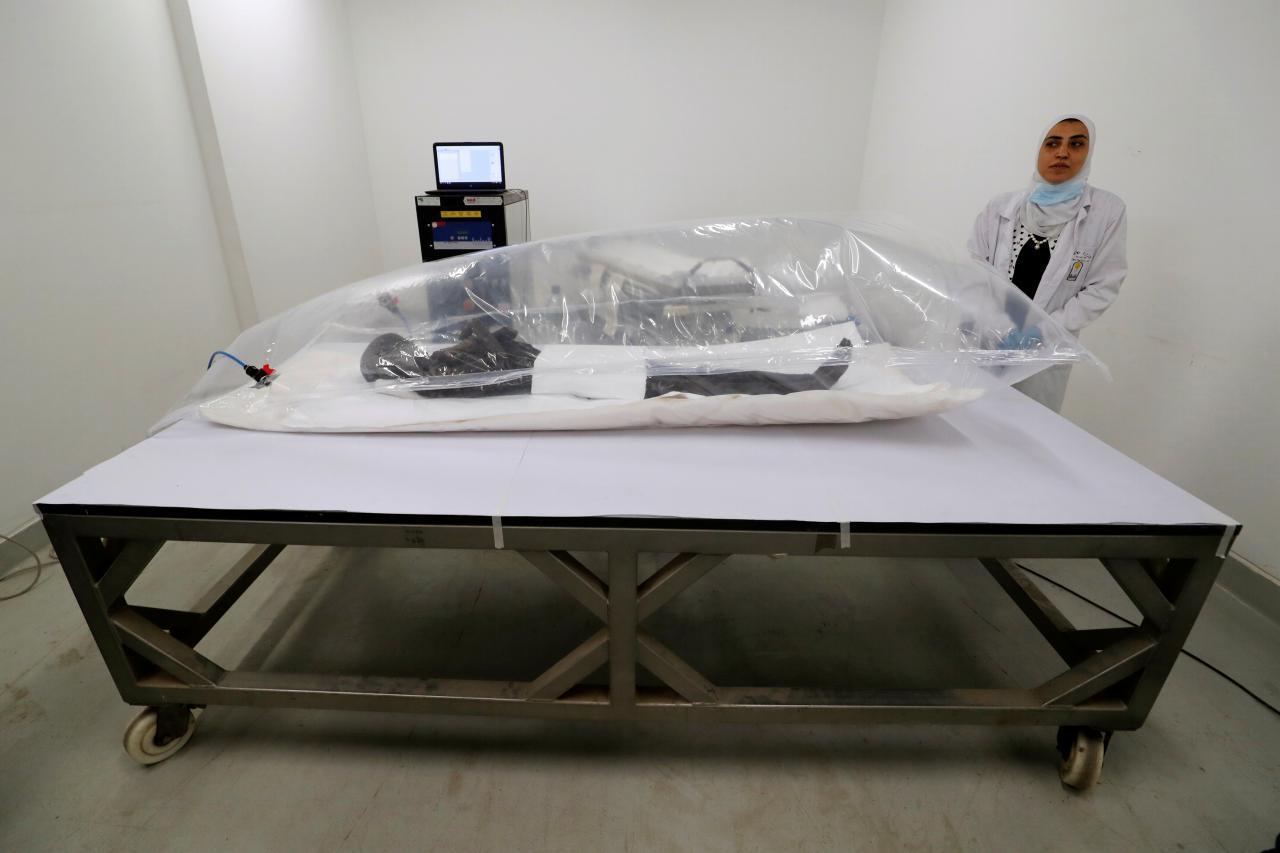The opening of the coffins belonging to the esteemed ancient Egyptians, Sennedjem and one of his wives, has stirred concern at a museum in Egypt. While the sarcophagi were carefully unpacked with the intention of restoring and preserving the mummies within, there are fears among some that the infamous Curse of the Pharaohs, said to afflict those who disturb the resting place of an Ancient Egyptian mummy, may be unleashed.
Sennedjem, renowned as a skilled worker who supervised others living in the Deir Al-Medina necropolis in Luxor and contributed to the construction of the Valley of the Kings, holds a significant place in history.
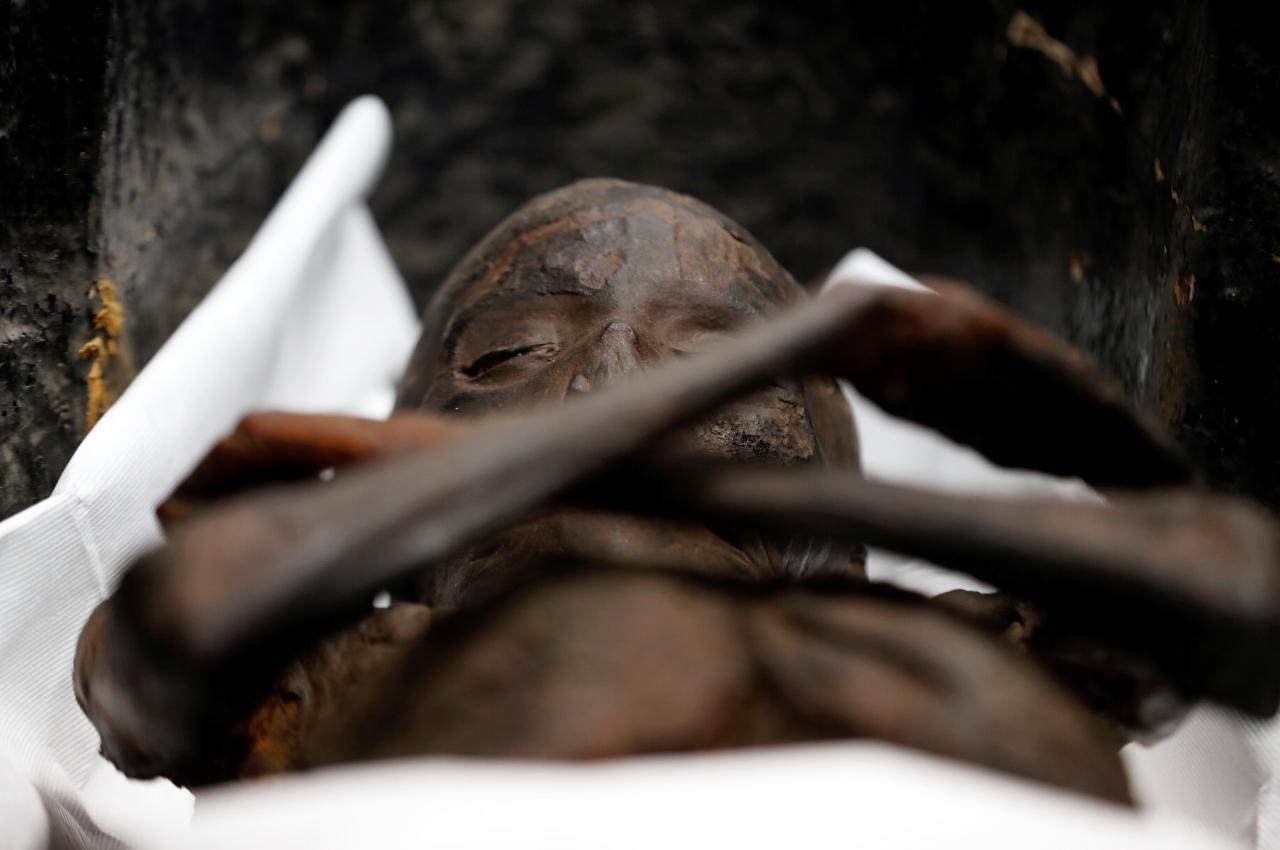
Sennedjem, an esteemed Egyptian official and skilled worker, found his final resting place in the workers’ village of Set Maat, located in present-day Deir Al-Medina, alongside his family.
Living during the reigns of Seti I and Ramses II of the 19th Dynasty, approximately 3,400 years ago, Sennedjem held the title of “Servant in the Place of Truth” and supervised fellow workers engaged in constructing tombs in the Valley of the Kings.
In 1886, his tomb was unearthed, revealing not only Sennedjem’s burial alongside his wife Iyneferti but also more than 20 other relatives and household items such as his bed and a stool.
Remarkably, Sennedjem’s painted sarcophagus remains in excellent condition, a testament to the enduring craftsmanship of ancient Egyptian artisans.

Skilled experts carefully removed Sennedjem from his sarcophagusCredit: EPA

Sennedjem received the same top quality mummification process as many pharoahsCredit: Reuters
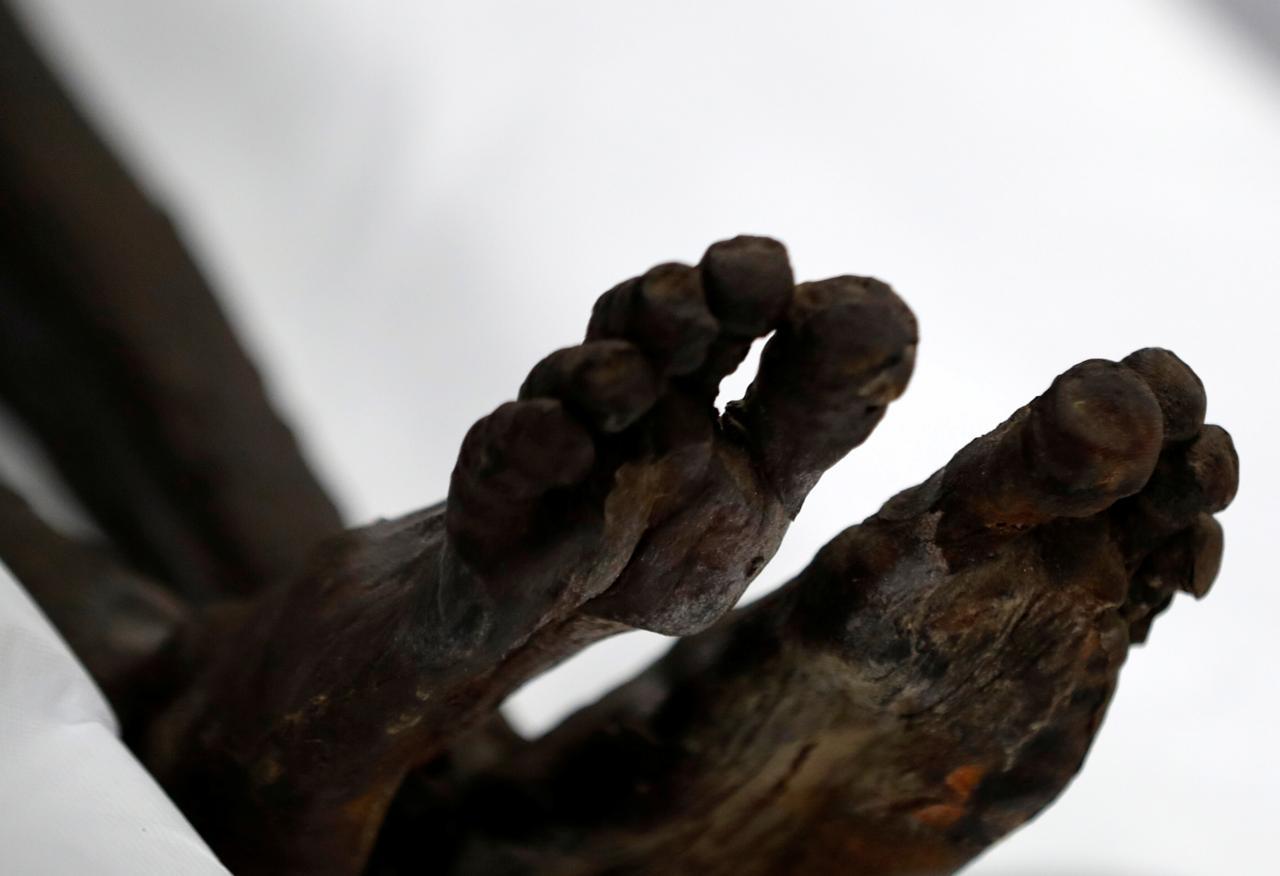
Sennedjem’s sarcophagus, along with that of his wife, has recently been relocated to the National Museum of Egyptian Civilization, where they were carefully unpacked within a fumigation tent in preparation for restoration.
Highly skilled restorers approached the unpacking process with precision akin to a medical procedure, ensuring the preservation of the painted sarcophagi, which are reported to be in remarkably good condition.
Previously showcased at the Egyptian Museum in Tahrir Square, the mummies are now undergoing restoration in anticipation of their display in a new exhibition hall scheduled to open in December.
As part of the restoration process, Sennedjem and his wife will undergo sterilization in a chamber for over 20 days, followed by a comprehensive treatment lasting at least a month to eliminate any insects.
Sennedjem, whose life dates back approximately 3,400 years, continues to captivate the imagination as his legacy is preserved and shared with future generations.

Both mummies will be part of a new exhibition in DecemberCredit: EPA
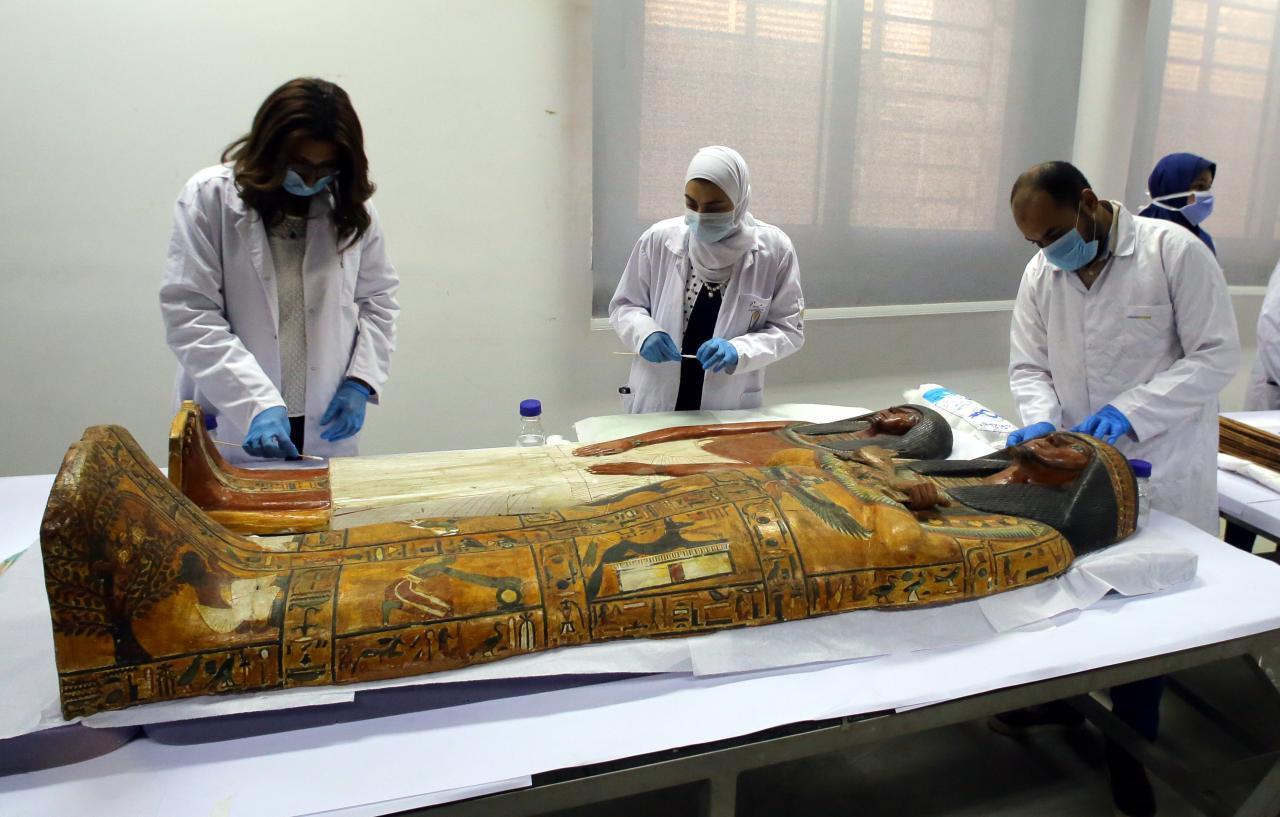
Th𝚎 𝚞n𝚙𝚊ckin𝚐 w𝚊s lik𝚎 𝚊 m𝚎𝚍ic𝚊l 𝚙𝚛𝚘c𝚎𝚍𝚞𝚛𝚎C𝚛𝚎𝚍it: EPA
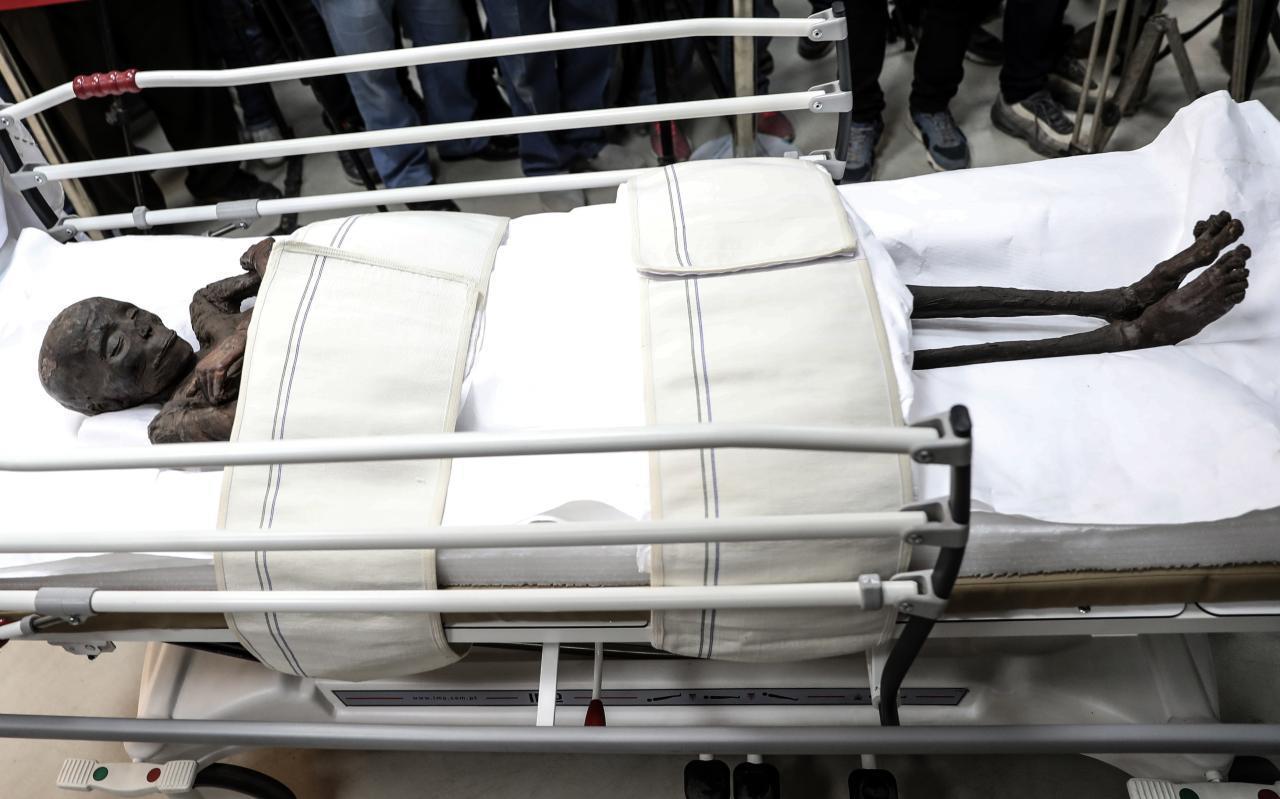
The mummies are being unpacked and studied in the name of research conducted by skilled experts who are hopefully not supersтιтious.
The curse of the pharaohs is an alleged curse that some people believe will affect anyone who disturbs mummified remains of an Ancient Egyptian person.
The mummies were shown to the press after the careful procedure to remove them from their sarcophagiCredit: EPA

This supposed curse is not said to differentiate between archaeologists and thieves and is said to cause bad luck, illness or even death.
It is often connected to King Tutankhamun and the people who died after opening his tomb.
The restoration process will take monthsCredit: EPA

Th𝚎 m𝚞mmi𝚎s will 𝚋𝚎 st𝚎𝚛ilis𝚎𝚍 𝚊n𝚍 𝚏𝚞mi𝚐𝚊t𝚎𝚍 t𝚘 kill 𝚊n𝚢 ins𝚎cts th𝚊t mi𝚐ht 𝚋𝚎 insi𝚍𝚎 th𝚎mC𝚛𝚎𝚍it: R𝚎𝚞t𝚎𝚛s
